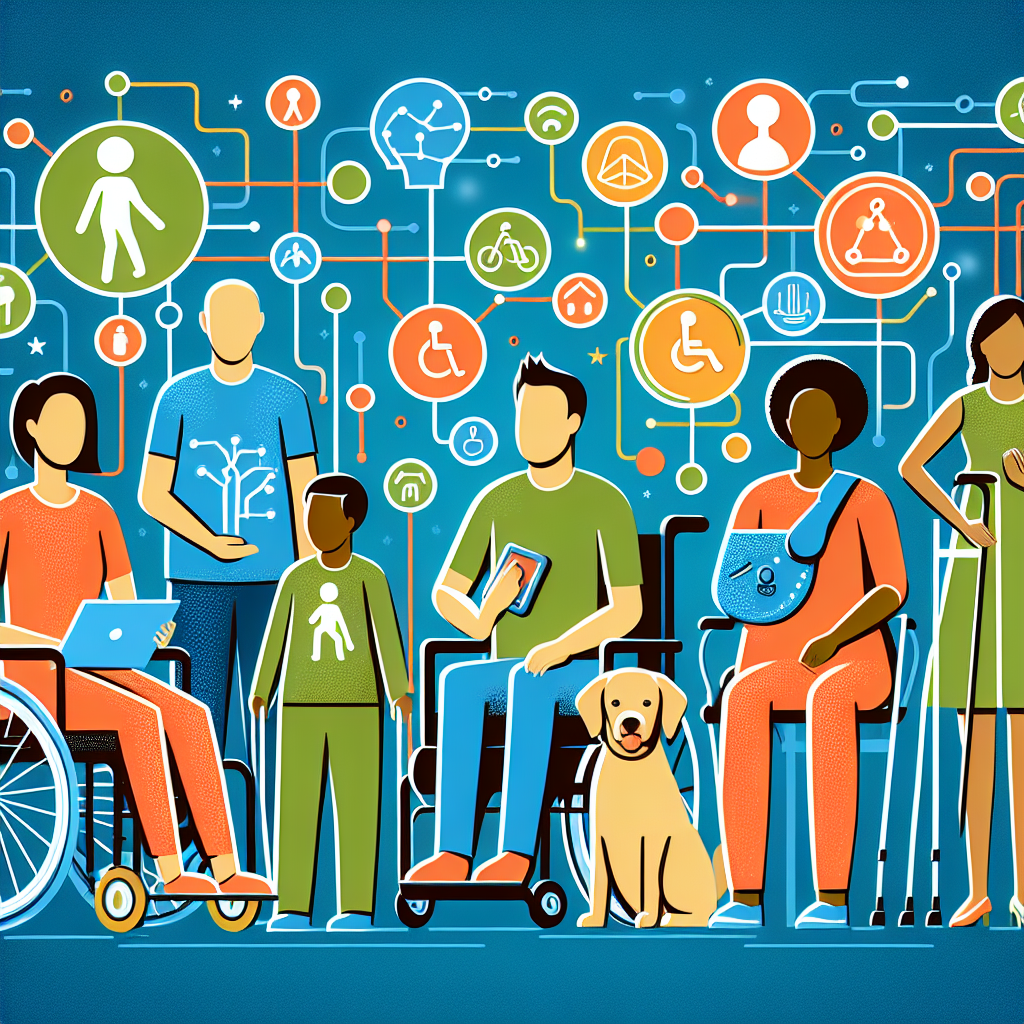Advancements in artificial intelligence (AI) technology have opened up a world of possibilities for improving accessibility for people with disabilities. AI integration has the potential to revolutionize the way that individuals with disabilities interact with technology, making it easier for them to navigate the digital world and access the information and resources they need.
One of the key benefits of AI integration for people with disabilities is the ability to provide personalized and adaptive solutions that cater to their specific needs. For example, AI-powered speech recognition technology can be used to transcribe spoken words into text, making it easier for individuals with speech impairments to communicate with others. Similarly, AI-powered image recognition technology can be used to describe visual elements to individuals who are blind or have low vision, allowing them to better understand and interact with their surroundings.
AI integration can also help to improve the accessibility of websites and digital content for people with disabilities. For example, AI-powered tools can be used to automatically generate alt text for images, making it easier for individuals who are blind or have low vision to understand the content of a webpage. Additionally, AI can be used to optimize the layout and design of a website to make it more accessible for individuals with cognitive disabilities or motor impairments.
In addition to improving accessibility for people with disabilities, AI integration can also help to enhance the overall user experience for all individuals. For example, AI-powered virtual assistants can provide personalized recommendations and support to users, making it easier for them to navigate complex systems and find the information they need. AI can also be used to automate repetitive tasks, freeing up time for individuals to focus on more important activities.
Despite the many benefits of AI integration for people with disabilities, there are still some challenges that need to be addressed. For example, there is a need for greater awareness and education about the potential of AI technology to improve accessibility for people with disabilities. Additionally, there is a need for more research and development to ensure that AI solutions are inclusive and cater to the diverse needs of individuals with disabilities.
Overall, AI integration has the potential to significantly improve accessibility for people with disabilities and enhance their ability to participate in the digital world. By harnessing the power of AI technology, we can create a more inclusive and accessible society for all individuals, regardless of their abilities.
FAQs:
Q: How can AI technology improve accessibility for people with disabilities?
A: AI technology can improve accessibility for people with disabilities by providing personalized and adaptive solutions that cater to their specific needs. For example, AI-powered speech recognition technology can transcribe spoken words into text for individuals with speech impairments, while AI-powered image recognition technology can describe visual elements to individuals who are blind or have low vision.
Q: What are some of the challenges of AI integration for people with disabilities?
A: Some of the challenges of AI integration for people with disabilities include the need for greater awareness and education about the potential of AI technology to improve accessibility, as well as the need for more research and development to ensure that AI solutions are inclusive and cater to the diverse needs of individuals with disabilities.
Q: How can AI technology enhance the overall user experience for all individuals?
A: AI technology can enhance the overall user experience for all individuals by providing personalized recommendations and support, automating repetitive tasks, and optimizing the layout and design of websites and digital content. This can make it easier for individuals to navigate complex systems and find the information they need.

